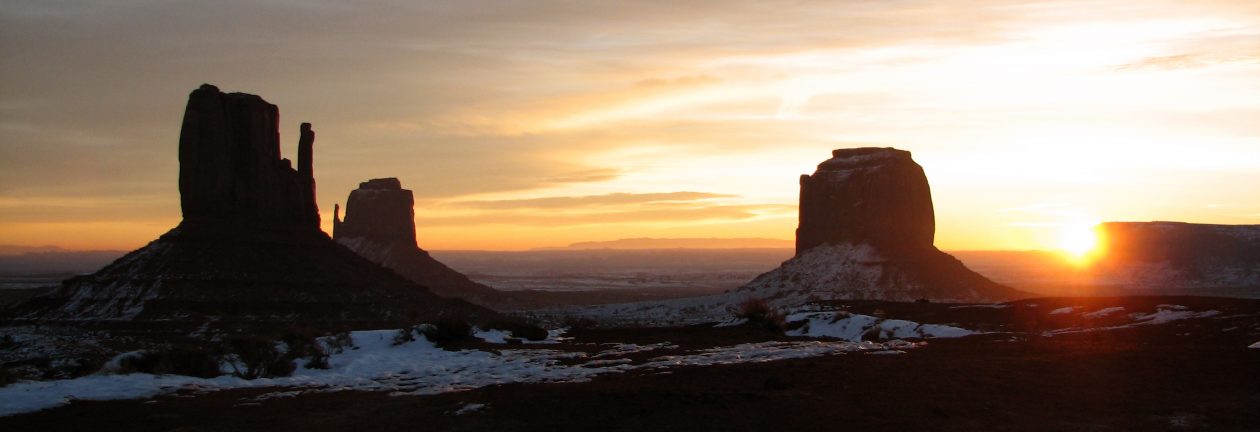Thessaloniki, Greece
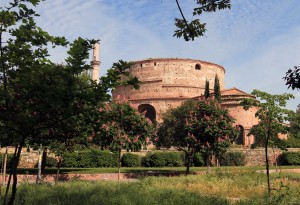
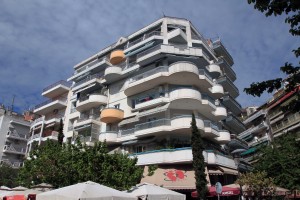
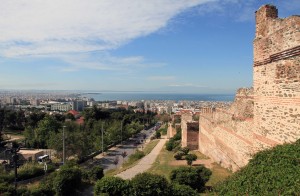
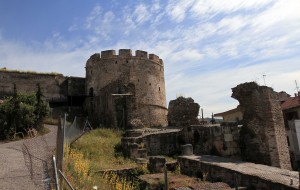
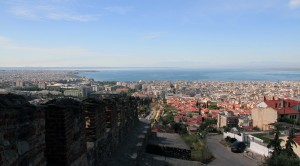
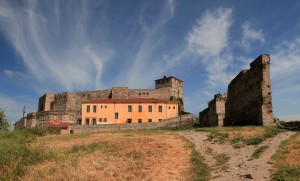
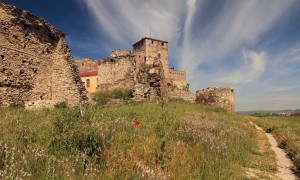
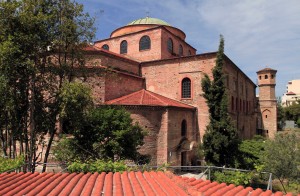
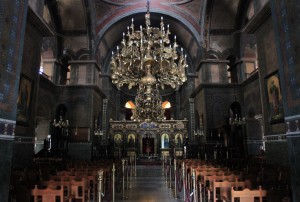
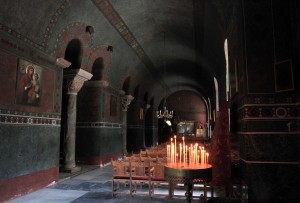
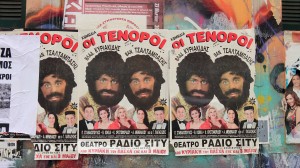
I woke up today at 08:30, showered, dressed, packed my bags, and stored them in the luggage room in the hostel. I then ate breakfast at the hostel (coffee, toast, cheese, olives, butter, honey, tahini, and a boiled egg) before exiting at 10:00 and walking around Thessaloniki to see some more sites. First, I walked around the Rotunda, clockwise, to see if it was open today (it was not). I then walked north to the Church of Saint Nicholas Orphanos, but that too was closed on Monday. Next, I followed a portion of the Byzantine Walls, heading north and uphill, to the Tower of Trigonio (“Triangle Tower”); the walls were built during the early Byzantine Period (circa 390 AD) and consist of the typical late Roman mixed construction of ashlar masonry alternating with bands of brick. At the tower, I had great views of Thessaloniki, the Thermaic Gulf, and Mount Olympus in the distance. I then continued along the wall, to the Heptapyrgion (popularly known by its Ottoman Turkish name “Yedi Kule”); the Heptapyrgion is a Byzantine and Ottoman-era fortress situated on the northeastern corner of the acropolis of Thessaloniki; it dates to the fourth-century AD, but was rebuilt during the Palaiologan period and Ottoman era; it also served as a prison from the 1890s to 1981 AD before becoming a museum . . . that is closed on Mondays. However, the entrance was open and I did peek around a little inside the fortress before walking back down to central Thessaloniki. I followed the Byzantine Wall all the way back from whence I came and then walked to the Hagia Sophia in Thessaloniki, in the hopes that it would be open today, at the time I reached it (around noon). The Hagia Sophia was indeed open to the public today (evidently it closes its doors from 13:00 to 18:00 each day; thus why I couldn’t enter inside yesterday) and I entered inside. The present structure of the church was erected in the eighth-century AD and is somewhat based on the Hagia Sophia in Istanbul (albeit, much smaller); it served as a Roman Catholic cathedral (after the Fourth Crusade captured the city in 1205 AD) until it was returned to the Byzantine Empire in 1246 AD; it later served as a mosque after the Ottoman Empire conquered the city and remained a mosque until the liberation of Thessaloniki in 1912 AD, when it once again returned to being a church. After exploring the inside and outside of the church, I walked to the Arch of Galerius and the Rotunda (still closed, because today is a Monday) before returning to the hostel. Once back at the hostel, I updated the website, typed on my digital journal, and had some iced tea (it was green tea with pomegranate and sour cherry flavors – not bad). I waited around until 15:00, when I left the hostel, walked to the nearest bus stop, and rode the bus to the railway station. Once at the railway station, I bought some juice, hazelnuts, and peanuts. I then boarded the train and sat down.
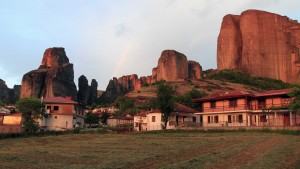
The train departed the station at 16:37 and I spent the next three hours relaxing, eating, and viewing the Greek countryside. At around 19:30, the train arrived at Kalambaka Railway Station; I then bought my ticket to Athens (for the Sixth of May) and walked to the hotel I had reserved a room with the night before. Luckily, the sun is still out at 20:00 in Greece this time of year, and I had great, orangey-reddish sun rays lighting up all the rock pinnacles in Meteora. I walked from the small town of Kalambaka, to the smaller town of Kastraki (where the hotel was located) – the walk was only about thirty minutes and not bad at all. I then found my hotel, checked in, dropped my bags off in my room, received a map and the skinny on how to get around the area from the receptionist, and then walked out of the hotel to eat dinner. I ended up a nice restaurant and had an aubergine salad (mushed aubergine, walnuts, parsley, dill, olive oil, garlic, vinegar, and red peppers), stuffed bell peppers (stuffed with rice, onions, parsley, olive oil, salt, pepper, and mint), water, and the homemade wine (a white wine that was a little sweet and actually quite good; it tasted of lemons, pineapple, and melons with a hint of coconut). After dinner, I returned to my hotel room, relaxed, and eventually fell asleep after midnight.
